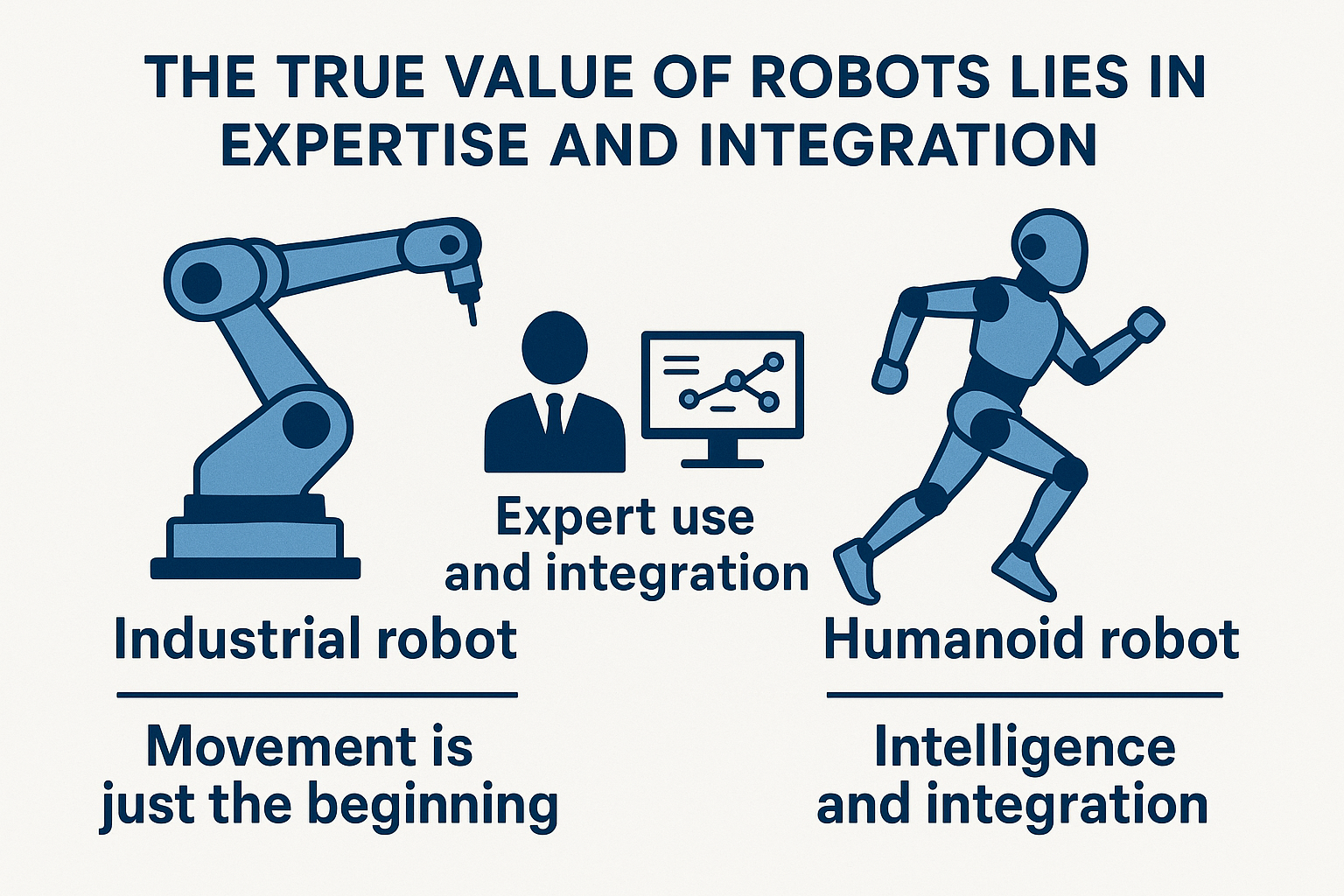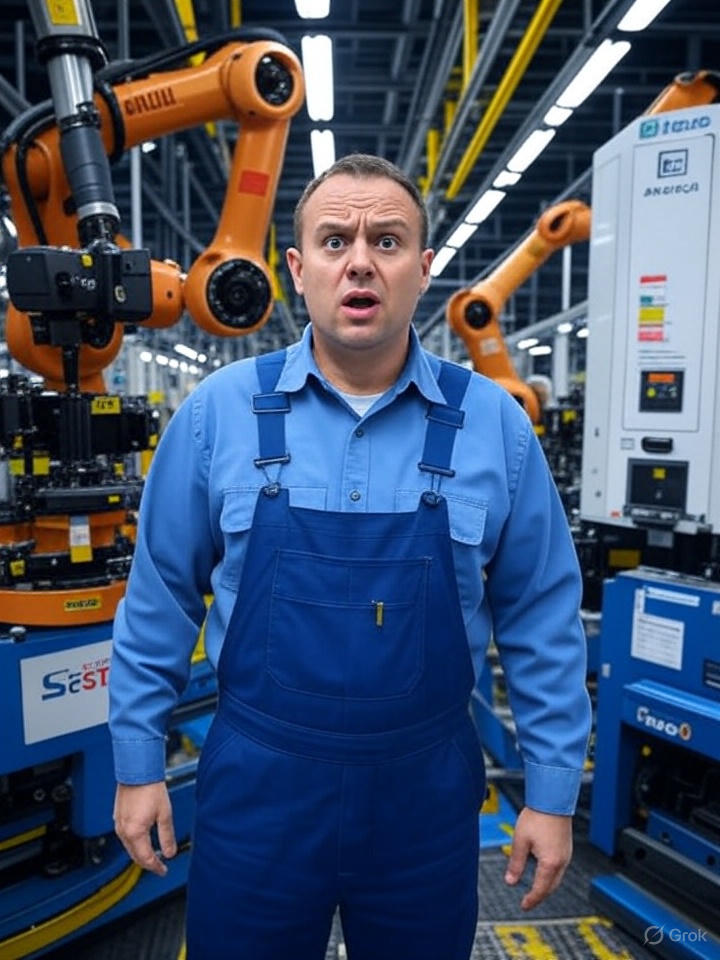The True Value of Robots Lies in Expertise and Integration
Published:

In the world of robotics, movement is just the beginning.
Take the industrial robot, for example. To the untrained eye, it may seem like a marvel simply because it can move along multiple axes. But for those who work with these machines daily, this is nothing more than the baseline—a standard capability, not a distinguishing feature. The real measure of an industrial robot’s value lies not in its mechanical ability to move, but in how effectively it is used.
It’s not the robot itself that delivers results—it’s the expertise behind it, sometimes not the robot builder, but the system integrators. The system integrators, engineers, and programmers who tailor that robot to a specific task are the ones who unlock its true potential. Whether it’s working in an assembly line, a cleanroom, or a hazardous environment, the robot’s effectiveness depends on how seamlessly it is integrated into a broader workflow, how well it communicates with other machines, and how reliably it can execute its tasks under variable conditions.
This same principle applies to humanoid robots. Running is a basic ability—akin to an industrial robot’s multi-axis movement. But being able to run isn’t enough to say the robot is ready for the real world. It needs to run reliably, in a variety of environments, while interacting with the unpredictable chaos of human spaces. That means perception, balance, error recovery, and task-oriented behavior all need to be dialed in. Just like with industrial robots, the hardware alone doesn’t deliver value—it’s the system built around it.
The future of robotics will not be won by movement alone. It will be won by smart integration, by deep domain expertise, and by solving real-world problems—not just performing flashy tricks. Movement is the minimum. Intelligence and integration are what matter.


